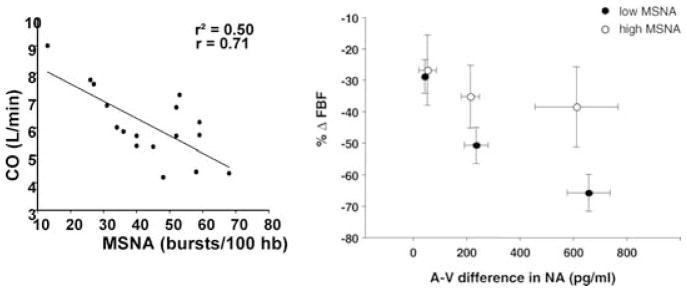Figure 5. MSNA, cardiac output and adrenergic sensitivity.
Left panel shows the relationship between muscle sympathetic nerve activity (in bursts per 100 heart beats) and cardiac output (CO) in normotensive subjects. Individuals with high levels of MSNA tended to have lower levels of cardiac output. Right pane shows the forearm vasoconstrictor responses (ΔFBF; forearm blood flow) to the release of noradrenaline (expressed as arteriovenous difference in NA) evoked by brachial artery administration of tyramine in subjects with low and high levels of MSNA. Subjects with high levels of MSNA showed blunted vasoconstrictor responses to a given level of noradrenaline. These observations help to explain how normotension is maintained in subjects with high levels of MSNA. (Figure from Charkoudian et al. 2005, 2006b, with permission.)

